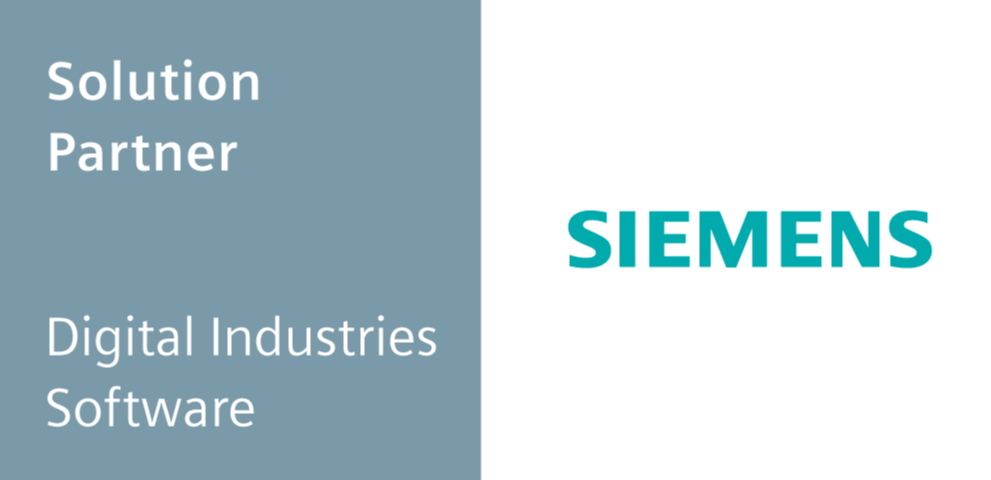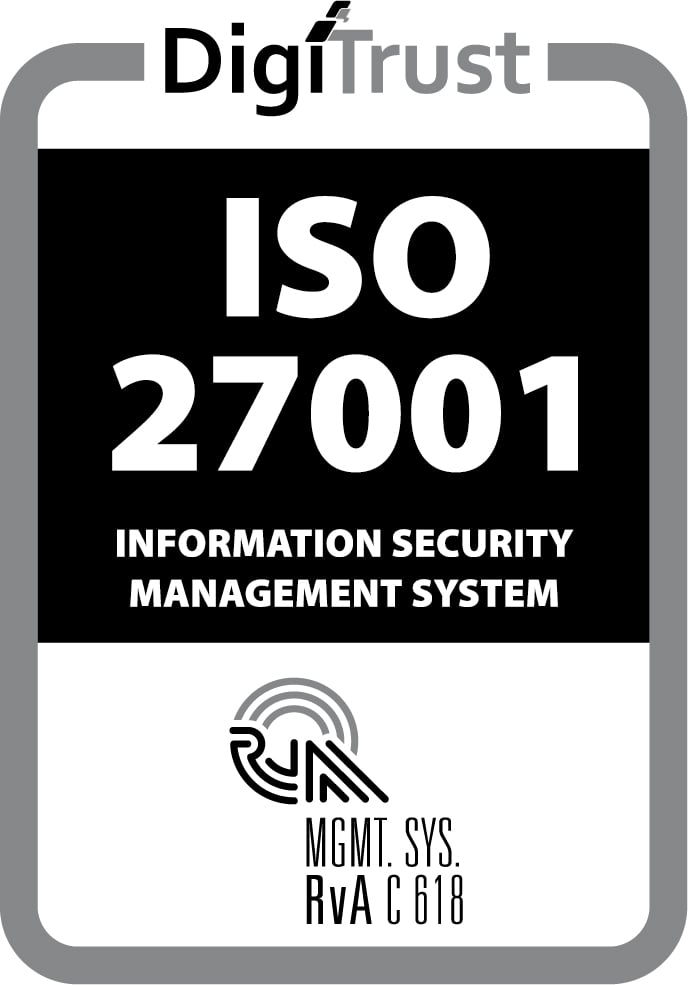Manufacturing software comprises several key technologies, including CAD, CAM, CAE, and PLM. Each plays a specific role in streamlining product development and manufacturing processes.
Computer-aided design (CAD) and computer-aided manufacturing (CAM) are two foundational manufacturing technologies—one focused on design and engineering, the other on production planning and execution. You need to understand the various CAD vs. CAM use cases because using the right tools at the right time can dramatically improve your product development process. Let’s examine the differences to help you understand which tools match your needs.
Short on Time? Here’s a Brief Overview
-
CAD software enables product design, engineering documentation, and data management through precise 2D and 3D digital models.
-
CAM software turns design blueprints into step-by-step instructions for machines, helping manufacturers quickly and accurately produce parts.
-
While CAD is used primarily by design engineers, manufacturing engineers and process planners favor CAM.
-
Modern enterprise manufacturing often integrates both technologies through platforms like Siemens NX to smooth the flow from design to production.
CAD vs. CAM Explained
When considering the differences between CAD vs. CAM, remember that these technologies often work together. CAD software creates detailed 3D digital models of products, showing their shape, size, and how different parts fit together. It also generates technical drawings and specifications that manufacturing teams need to build the product. With CAM software, users develop comprehensive manufacturing plans and determine the most efficient ways to produce parts while optimizing resources and processes.
Think of it this way: CAD defines what needs to be made and provides specifications, while CAM determines how to make it effectively. Design engineers use CAD to specify products and their requirements, whereas manufacturing engineers use CAM to plan and execute optimal production processes.
This specialization allows each system to excel at its core purpose—CAD for complete product definition and CAM for manufacturing process optimization. Together, they form an integrated system.
Key differences between CAD and CAM
|
CAD |
CAM |
|
|
Primary purpose |
Product design, engineering documentation, data management |
Manufacturing process planning and optimization |
|
Main users |
Design engineers and product developers |
Manufacturing engineers and process planners |
|
Core functions |
3D modeling, technical documentation, engineering analysis, product data management |
Process planning, toolpath generation, manufacturing optimization |
|
Output |
Complete digital product definition, including models, documentation, and specifications |
Optimized manufacturing processes and machine instructions |
|
Skills required |
Design principles, engineering analysis, product data management |
Manufacturing processes, tooling, CNC programming |
|
Software examples |
Siemens NX, Solid Edge |
NX Manufacturing, Solid Edge CAM Pro |
|
Key benefits |
Comprehensive product definition, engineering documentation, virtual validation |
Optimized production, process planning, reduced errors |
|
Integration points |
PLM systems, simulation (CAE), requirements management |
Machine tools, production planning, quality systems |
The Role of CAD
Modern CAD software has transformed product development through comprehensive digital product definition. Software like Siemens NX provides a complete environment for product design and engineering that works in two complementary ways:
-
Parametric modeling builds designs systematically with mathematically linked elements. If you change one part of the design, related parts automatically adjust to maintain the overall design integrity. Changes flow automatically through the model based on defined relationships and constraints.
-
Direct modeling lets engineers make immediate changes to their 3D designs by clicking and dragging parts of the model. Engineers can quickly adjust designs while the software automatically maintains the correct relationships between connected parts.
Siemens Synchronous Technology uniquely combines these two approaches, providing the speed of direct modeling while preserving the control of parametric design.
Today’s CAD software excels at handling complex designs with many interconnected parts. It can check how parts fit together, simulate movement, and keep track of all the design details from start to finish.
Manufacturing Process Planning with CAM
CAM software connects product designs to manufacturing by creating detailed plans for making those products efficiently.
First, the software analyzes product data to understand manufacturing requirements and constraints. It recognizes geometric features and specifications that require specific manufacturing operations.
Next, CAM develops comprehensive process plans and determines operations sequences, tooling requirements, and machining strategies. These plans consider many factors, such as manufacturing capabilities, material properties, quality requirements, and cost targets.
It then creates and validates detailed machining instructions, optimizing production speed and resource efficiency.
Manufacturing Process Planning with CAM
Manufacturing complexity is rising because modern products often require innovative techniques. For example, instead of just cutting away material (subtractive manufacturing), companies now add 3D printing to build up components layer by layer (additive manufacturing).
Modern CAM software can seamlessly blend these approaches. It plans processes that might start with 3D printing a basic shape and then use precision cutting tools to refine the details. This “hybrid manufacturing” allows for more complex, lightweight, and precisely engineered products, such as aerospace components or medical implants, that would be impossible to create using traditional methods.
The Power of Integration
Enterprise solutions like Siemens NX combine CAD and CAM in one platform. Integrating these tools maintains the digital thread between design and manufacturing while eliminating data translation issues.
Consider manufacturing a turbine blade: An engineer fully defines the blade in NX CAD, specifying the geometry, materials, tolerances, and other requirements. When this moves to NX CAM, all product data remains connected. The system leverages this information to suggest appropriate manufacturing strategies based on best practices.
Software Solutions for Different Needs
Various manufacturing scenarios require different combinations of capabilities:
-
Siemens NX: NX is a comprehensive enterprise platform for large manufacturers, particularly in aerospace and automotive. Its integrated CAD/CAM capabilities support complex products requiring sophisticated manufacturing processes. The software includes specialized tools for mold and die, sheet metal, and multi-axis machining. NX is available as a local version (NX) or a cloud-native SaaS version (NX X).
-
Solid Edge: Designed for small- to medium-sized businesses (SMBs) in the manufacturing sector, Solid Edge combines accessible CAD tools with practical CAM capabilities. The software excels at machinery design and industrial equipment manufacturing, offering synchronized technology for flexible design changes and integrated CAM for common manufacturing operations.
These solutions scale to match business needs, from individual seats to enterprise deployments with full PLM integration.
The choice between enterprise platforms like NX and more focused systems like Solid Edge depends on your manufacturing complexity, production requirements, and organizational scale.
Large enterprises that manufacture complex products often benefit from integrated solutions like NX, which maintains digital continuity across design and manufacturing. SMBs may find Solid Edge’s accessible CAD/CAM capabilities better suited to their needs.
Final Thoughts
When comparing CAD vs. CAM technologies, remember they serve different purposes but work together to streamline product development and manufacturing. CAD creates precise digital designs, while CAM translates those designs into manufacturing instructions.
Integrating CAD and CAM enables your company to innovate faster, reduce costly errors, and bring increasingly complex products to market with unprecedented precision and efficiency.
CLEVR specializes in implementing integrated CAD and CAM solutions that connect design and manufacturing processes. With Siemens NX and Solid Edge, CLEVR helps companies create efficient workflows that reduce errors and speed up production.
FAQs
What is CAD?
Computer-aided design (CAD) software enables engineers to create complete digital product definitions, including 3D models, engineering documentation, and specifications used throughout product development.
What is CAM?
Computer-aided manufacturing (CAM) software develops optimized manufacturing processes, converting product designs into validated production plans and machine instructions.
What is CAE?




